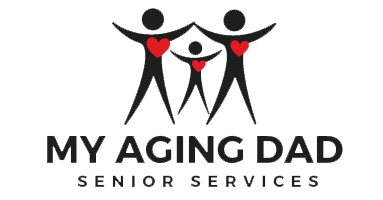In the wise words of Mr. Miyagi from the Karate Kid, balance is not just a lesson for karate but a lesson for life. Developing balance is crucial for preventing falls and maintaining stability. In this article, we will explore the three major systems involved in balance and provide top tips and exercises to improve your balance and prevent future falls.
The Three Major Systems of Balance
Balance involves the harmonious integration of three major systems - Vision (sight), Proprioception (touch), and the Vestibular system (inner ear). These systems work together seamlessly, allowing us to maintain an even distribution of weight, remain upright, and steady in our daily activities. Just like a baby learning to walk, we unconsciously develop our sense of balance over time.

Understanding the Complexity of Balance
The human body's ability to maintain balance is a highly intricate process that relies on the interplay of various sensory systems and parts of the brain. When these systems face disruptions, issues like car sickness or vertigo can arise, causing the brain to struggle in processing information.
Practicing Balance for Fall Prevention
As with any skill, practice is essential for improving balance. Similar to how a baby learns to walk, we can enhance our balance through consistent efforts. Whether it's walking barefoot on natural surfaces, engaging in Tai Chi or Yoga, trying aquatic therapy, or performing balance challenges, these activities help reinforce balance and stability.
A Personal Journey to Regaining Balance
Learn about a real-life story of someone who experienced balance problems after a mild brain injury. Discover how vestibular therapy and aquatic training played a crucial role in his recovery, providing insights into the effectiveness of targeted exercises in restoring balance.
The Power of a Customized Exercise Program
To effectively prevent falls and enhance balance, a customized exercise program based on strength and balance is paramount. If you're interested in crafting a tailored plan to suit your needs, we are here to help.
Maintaining balance is not just a physical endeavor; it is a lifelong lesson for overall well-being. By understanding the complexity of balance, practicing specific exercises, and seeking professional guidance if needed, you can master the art of balance and lead a steady, fall-free life. For further insights and illustrations, don't miss out on "The Book of Balance," a great resource to deepen your understanding of this vital aspect of health.


